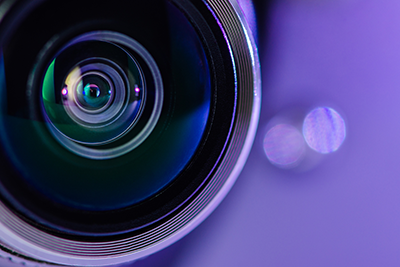What Role Will Machine Sensors Play in Improving Robot Safety in Manufacturing?

Robots have been selected to help humans with dangerous, dirty, and dull jobs. Since the first automation solution was deployed, robot manufacturers and integrators have put robot safety at the forefront of their development.
Sensors Help to Make Robot Workcells Even Safer
The first solution for using robots on the production floor was to separate them from humans. Robotic workcells were fenced off or access was limited. Other limits were later placed on the robots themselves. They could only move so fast and with a limited amount of force. Now, advances in machine sensors and computer processing let robot manufacturers add machine functionality.
Machine sensors essentially allow a robot to see or feel what it is doing. Machine sensors play a major role in robot safety in manufacturing. Robots can avoid obstacles, including moving humans. Machines can detect when a human gets to close and slow or stop the robot.
Collaborative Robots Boost Production Line Safety
As more complex safety technologies and programming are developed, collaborative robots (cobots) continue to grow in popularity. Some key robot safety features include the following: safety-rated monitored stop, power, and force limiting (PFL), hand guiding, and speed and separation monitoring. Collaborative robots often make extensive use of power and force limiting safety technology.
Thanks to PFL, collaborative robots can work at normal speed even when humans are present. Even if a human worker were to collide with a cobot, they would not be injured. Collaborative robots also stop instantly if a collision occurs. Although cobots are safe around humans, some end effectors and payloads may still be hazardous. Machine sensors bring added safety to avoid human injury.
Artificial Intelligence Improves Robot Safety in Manufacturing
Embedded sensors and artificial intelligence have further improved robot safety. Early machine sensors may have only detected movement or a human figure to affect the behavior of the robot. But modern systems offer additional flexibility. Robots can use artificial intelligence to identify and localize what they’re assembling and the risks posed to nearby humans.
AI systems can react differently based on a human’s behavior. This includes the speed at which they are approaching and the chances they are on a collision course. Embedded sensors let the robot decide if it needs to shut down immediately or if it can slow down first. The robot can even detect that the human is moving away again and resume its normal activity.
Find out how machine vision equipment from Genesis Systems can eliminate manufacturing defects, automate production, and boost safety at your facility.
Posted in Uncategorized